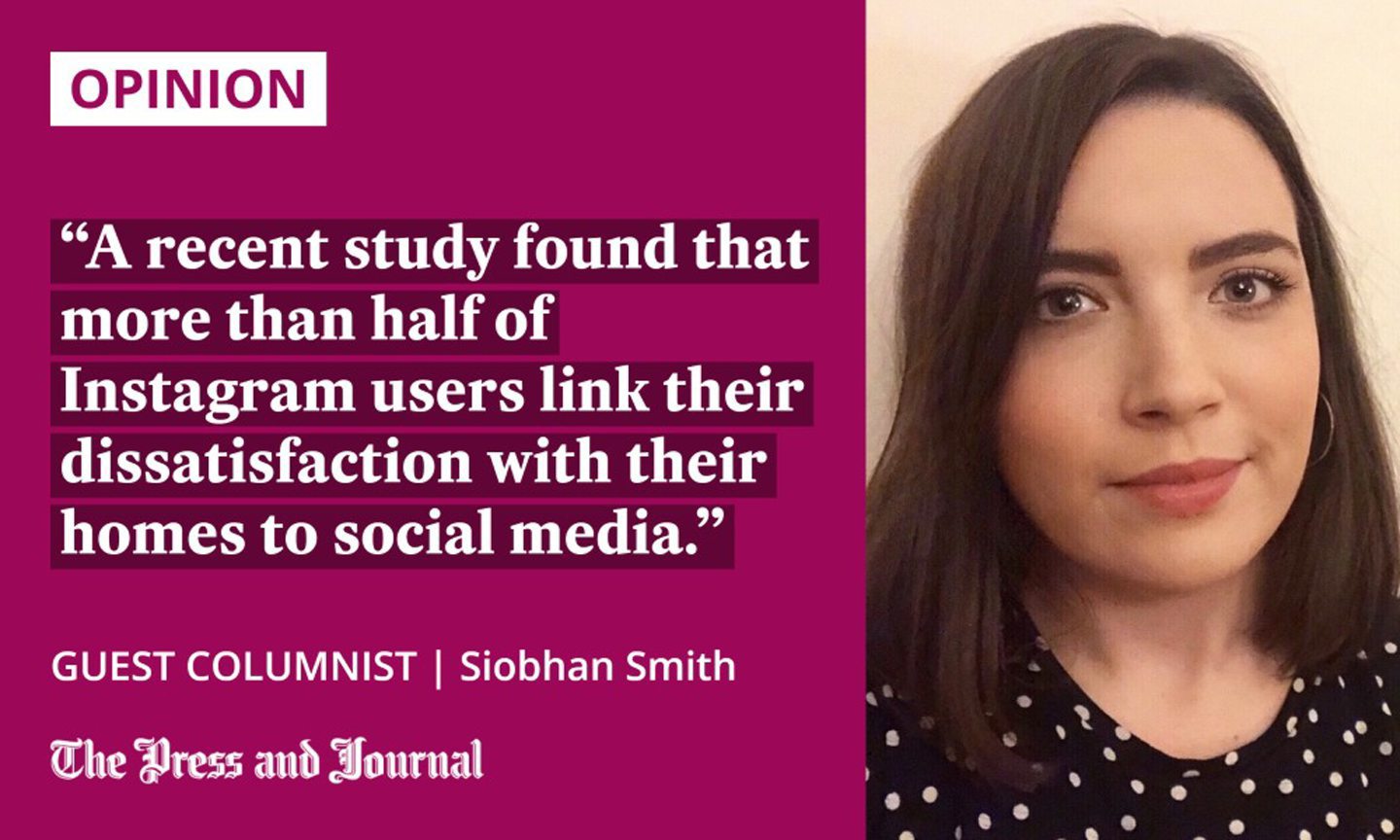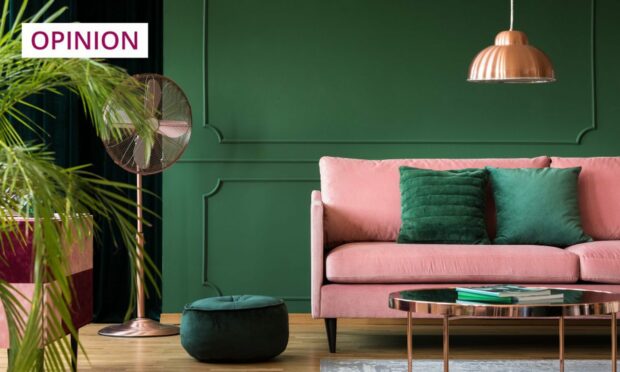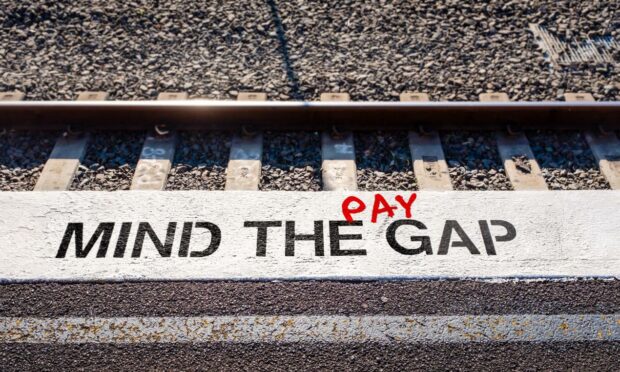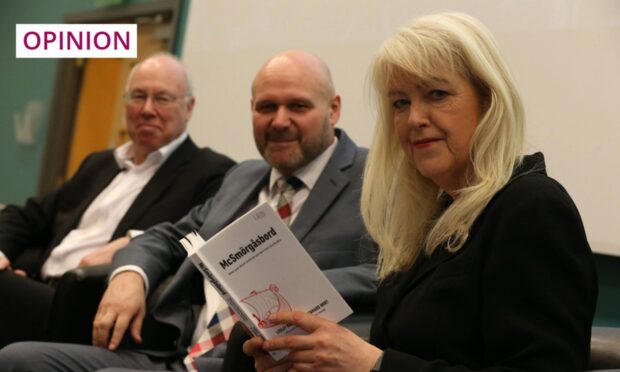Not so long ago, I was someone who didn’t have a cheese grater, opting instead to just cut the cheese into tiny, grater-hole-sized pieces.
My dishes were all hand-me-downs, chipped and scratched from over enthusiastic cutlery use. My furniture was fine but functional.
The thought of buying things for my home seemed like a waste. I didn’t live in squalor, but I wasn’t bothered about things being stylish.
Over the last few years, I have followed approximately 500 interior accounts on Instagram – or, if it’s not that much, it feels like it. My feed is flooded with beautiful looking rooms, each perfectly put together, all displaying a certain aesthetic. They’re not always the same style but they always look… aspirational. Curated. Expensive?

There’s something so appealing about all of these accounts. Although, they often focus on corners of certain rooms. What lies at the other side of the beautiful kitchen, out of shot? Probably piles of washing and ugly yet essential appliances – but we don’t see these, so it’s as if they don’t exist.
And with these pictures comes the impression of a certain type of life. The thriving plants, rattan furniture and parquet flooring all suggest the owner is living an ordered, stylish and time-rich existence. In short, it makes people with non-Instagrammable homes feel not up to scratch.
Who am I trying to impress?
A name has even been coined for these feelings, so common they are: “home dysmorphic disorder”. And a recent study found that more than half of Instagram users link their dissatisfaction with their homes to social media.
I can relate. I constantly find myself looking around my own flat – which is fine, by the way – and criticising it. The gallery wall just isn’t quite right. There’s a light I keep seeing on Instagram that would be great in my living room, but I can’t afford it. I’ve spent days looking in antique and charity shops for the “perfect” dresser for my kitchen.
Why does any of this really matter? I’ve never gone into someone’s house and thought: “Hmm, that sideboard would be nicer with different legs.”
And, besides, since getting out of the habit of inviting people over during the pandemic, I don’t have that many guests.
I do now have a cheese grater, and it turns out they are worth investing £3 in. But, with all of the other stuff – the non-functional stuff – I don’t even know who I’m trying to impress.
If my 13-year-old self could see my home now, she’d be pretty chuffed with it. I just wish I could turn off the need to view each room through perfect little squares on a grid.
Siobhan Smith is a freelance journalist and TV development executive

















Conversation